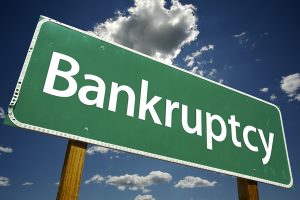Bankruptcy And Your Student Loan

When you’re struggling with debts that seem like they’ll never get paid, you might consider bankruptcy. Bankruptcy or may not be right for you, but if your debts are overwhelming – and just plain unpayable – the wise choice is to discuss your situation as quickly as possible with an experienced, Chicago-based Illinois bankruptcy lawyer. However, you should know right up front that for most people who file for bankruptcy in the Chicago area, if one of your debts is an outstanding student loan, a personal bankruptcy probably cannot eliminate it. To wipe out a student loan in a bankruptcy, you must prove to the bankruptcy court that paying it would cause you undue hardship. The precise definition of “undue hardship” is different in every state, but most bankruptcy courts – including those in Illinois – use the “Brunner” Test, which specifies three conditions which must be met to prove undue hardship:
1. If forced to repay the loan, the borrower cannot maintain a minimal standard of living.
2. The borrower’s situation will continue.
3. The borrower has made a good faith effort to repay the loan.
If your loan is a federal student loan, the borrower’s use of available federal repayment plans is taken into account in assessing “good faith.” If you can discharge your student loan debt by proving hardship, bankruptcy may be the best option for you. A knowledgeable bankruptcy lawyer can help you determine if you meet the three conditions for undue hardship.
A bankruptcy can remain part of your credit history for ten years. Some costs are associated with filing for bankruptcy as well as with some of the procedural hurdles. If you’re in the greater Chicago area and considering bankruptcy – whether or not a student loan is among your debts – arrange to speak at once with an experienced, Chicago-based Illinois bankruptcy lawyer.


